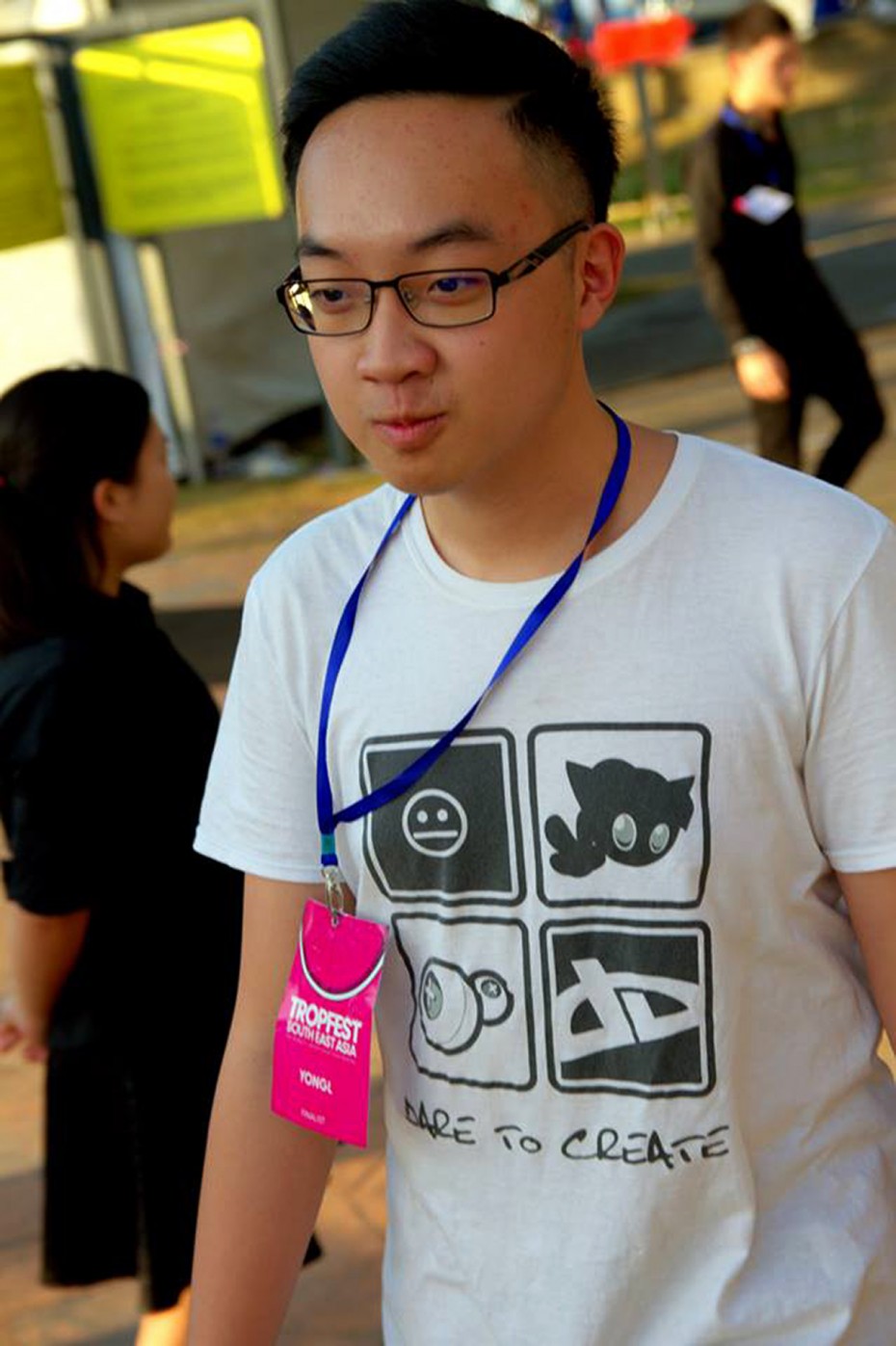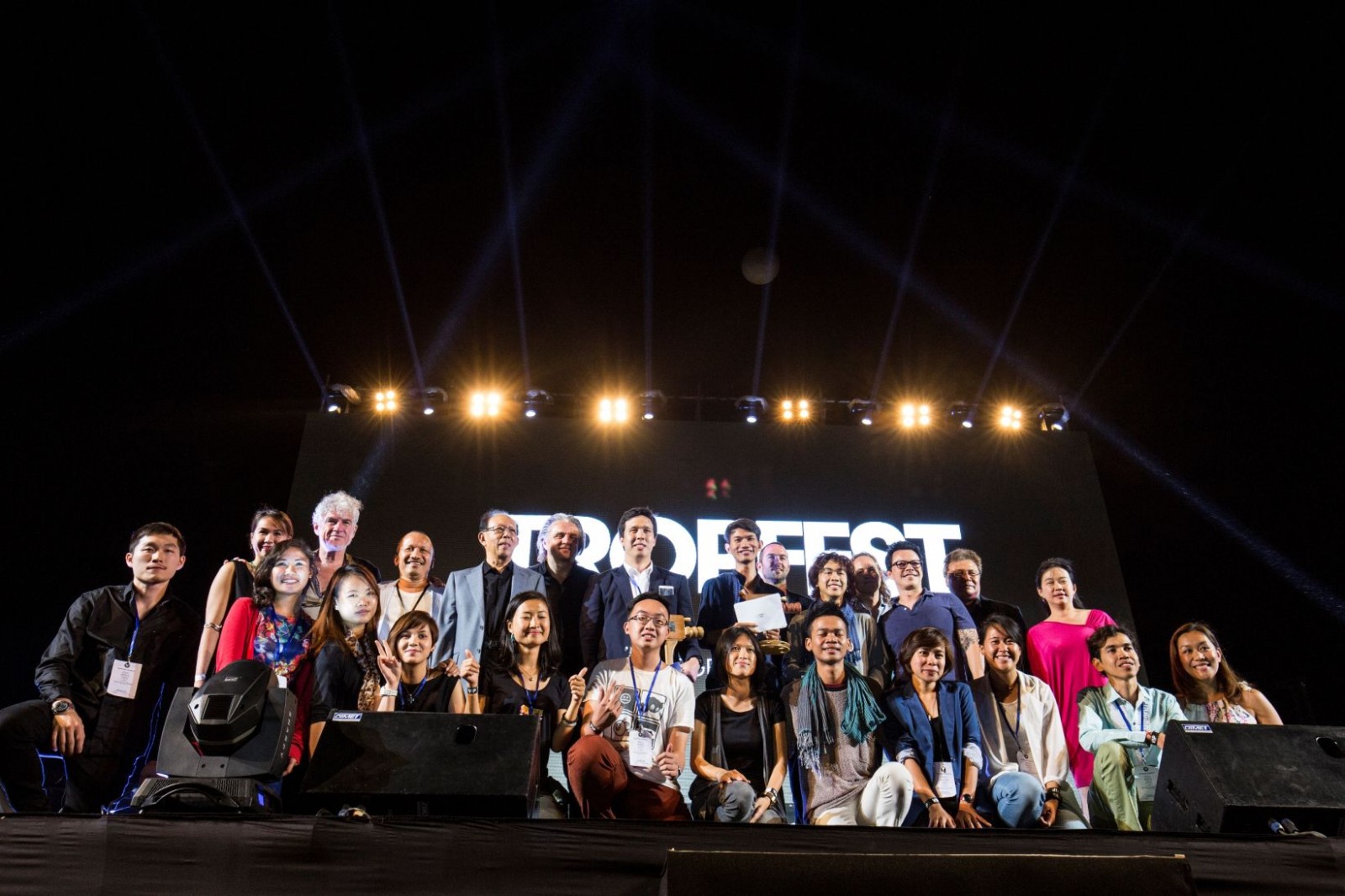AMONG the 16 fantastic films that were shortlisted and screened at Tropfest South-East Asia 2015 were four Malaysian entries, each providing evidence of just how talented our young filmmakers are.
R.AGE managed to catch up with two of them – Joyce Huan, representative of the team that produced Emma’s Birthday, and Tan Yong Lin, who produced Wheel Rolling Home.
While Huan has worked on productions like reality dance show Showdown and is one half of production company Junkies Apostrophe, Tan is a newbie to the industry. At 18, the Star Education Fund scholar is a first year degree in animation and visual effects student at Multimedia University, making his achievement at Tropfest all the more impressive.
Huan and Tan spoke to R.AGE about the challenges of filmmaking in South-East Asia, and how Tropfest SEA has been making a difference.

Joyce Huan thinks that South-East Asian films face obstacles in the form of funding and language barriers which impede the growth of the region’s film industry.
What were your favourite moments from the festival?
Huan: The most epic moment for me was meeting the legendary cinematographer, Christopher Doyle (In The Mood for Love, The Quiet American). It was awesome beyond words that other filmmakers and I got to hang out with him at a local coffee house and just have the greatest banter.
Tan: It was when my film was screened publicly. It was my first short film as well so it’s like all the hard work my friends and I put in finally paid off. It’s an amazing feeling when your film is finally showcased to the audience live and you can observe how they react to it.
Do you think being a finalist at Tropfest will help advance your filmmaking career?
H: Most definitely! It was a great avenue to meet and network with creative peeps. Who knows, we may even be collaborating in the future on something bigger and more adventurous. The few days spent with these amazing people opened my eyes to new techniques and created a greater awareness of the industry.
T: I am still a student, so getting into the finalist pool definitely has strengthened my student portfolio. Also, I am involved in other kinds of art such as digital art, painting and photography, making a career in film one of my many options; but Tropfest might just be the motivation for me to take the leap in the future!
What was the process of making your short film like?
H: It took me and my team a month to do it, including brainstorming, writing, re-writing, shooting and post-production. We asked our friends to read the first few drafts and give us their most brutal comments on what worked and what didn’t. It was a great feeling to see an idea come to life with the final film.
T: We started off without a script and my friend and I basically drafted our ideas down in storyboard format.
Then during the production stage, we just executed every single scene/shot from the drawings.
Our film is a stop-motion film, but a much more different, experimental one. We wanted to explore this genre because it’s under-appreciated, especially in South East Asia.
Post-production was tedious because we had to shoot every scene picture by picture, one by one, so in total there were over 18,000 photos. To compound that, we had assignments and exams so we could only work on the film over weekends. We even continued to produce the film during our semester break!

Tan Yong Lin is 18 and in the first year of a degree in animation and visual effects, but wowed the judges at Tropfest 2015.
Is it difficult to get noticed as a South-East Asian filmmaker? What are some of the challenges you face?
H: I think funding and distribution of films are among the most challenging. With a population of over 600 million people (in South-East Asia), language barriers as well as reaching out to remote populations prevents the industry from fully prospering.
T: Yes, it’s difficult getting noticed because Hollywood mainstream films currently dominate the attention of audiences around South-East Asia.
Also, the level of appreciation for local films is not that high, and people are not really that supportive as they are mostly hooked on Western blockbusters.
Another challenge is securing sponsors or a budget to make a film, and all the red tape set by the various governments in the region.
Have you noticed any trends in South-East Asian short films and among its filmmakers?
H: The strongest trend I’ve noticed is the element of family values. I guess it’s the environment we all grew up in, the struggles and hardships that we all had at different levels that strengthened the importance of family. Another strong trend is the emphasis on different cultures and beliefs in local films, because of the vastness of our history through colonisation, religion, and way of thinking.
T: Most of the films explore cultural issues relevant to the region. I’ve also noticed that there are fewer experimental, 2D/3D animation or visual effects short films compared to other genres. I think this might be because of a lack of film education and facilities in the region.







Tell us what you think!